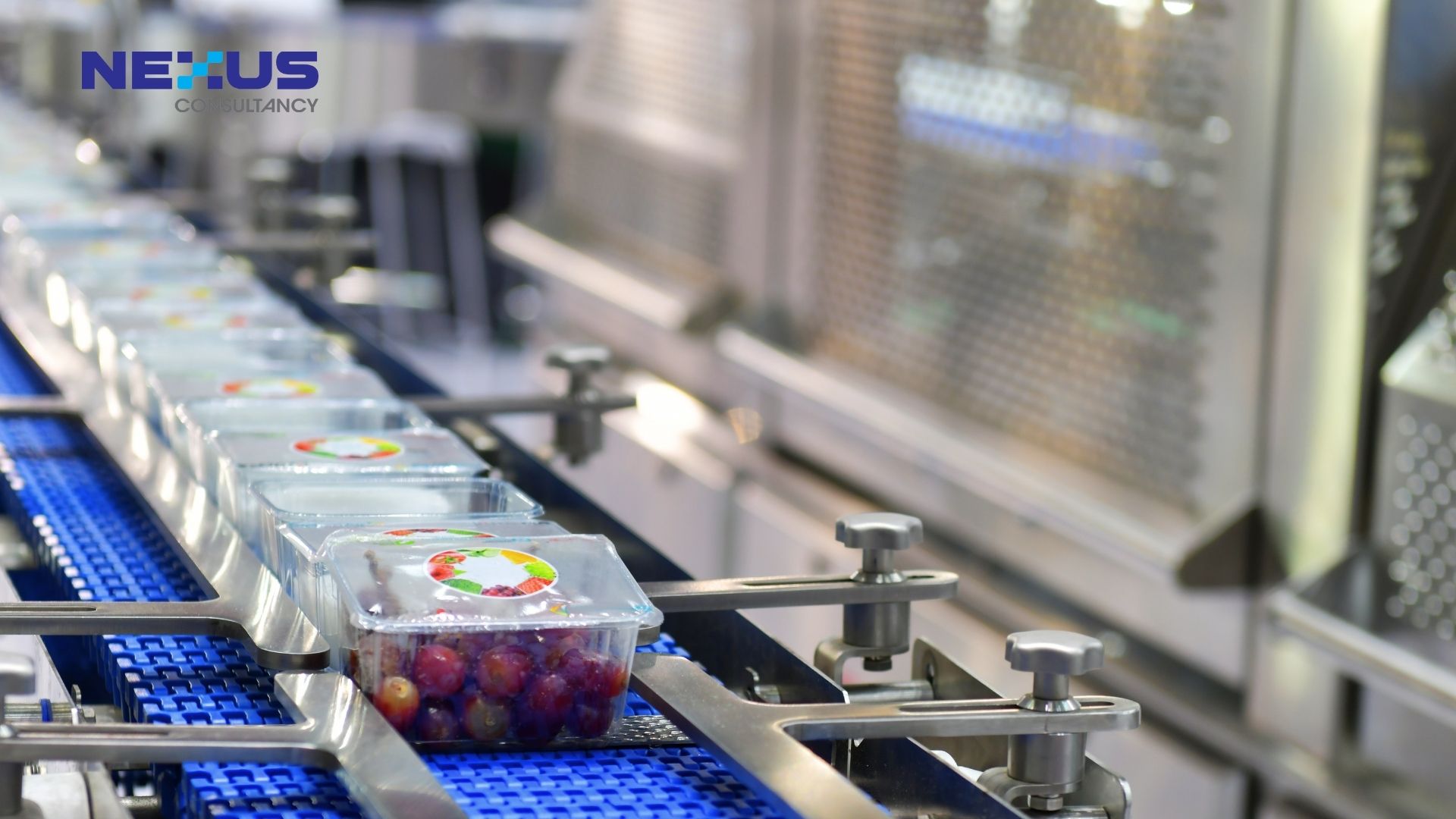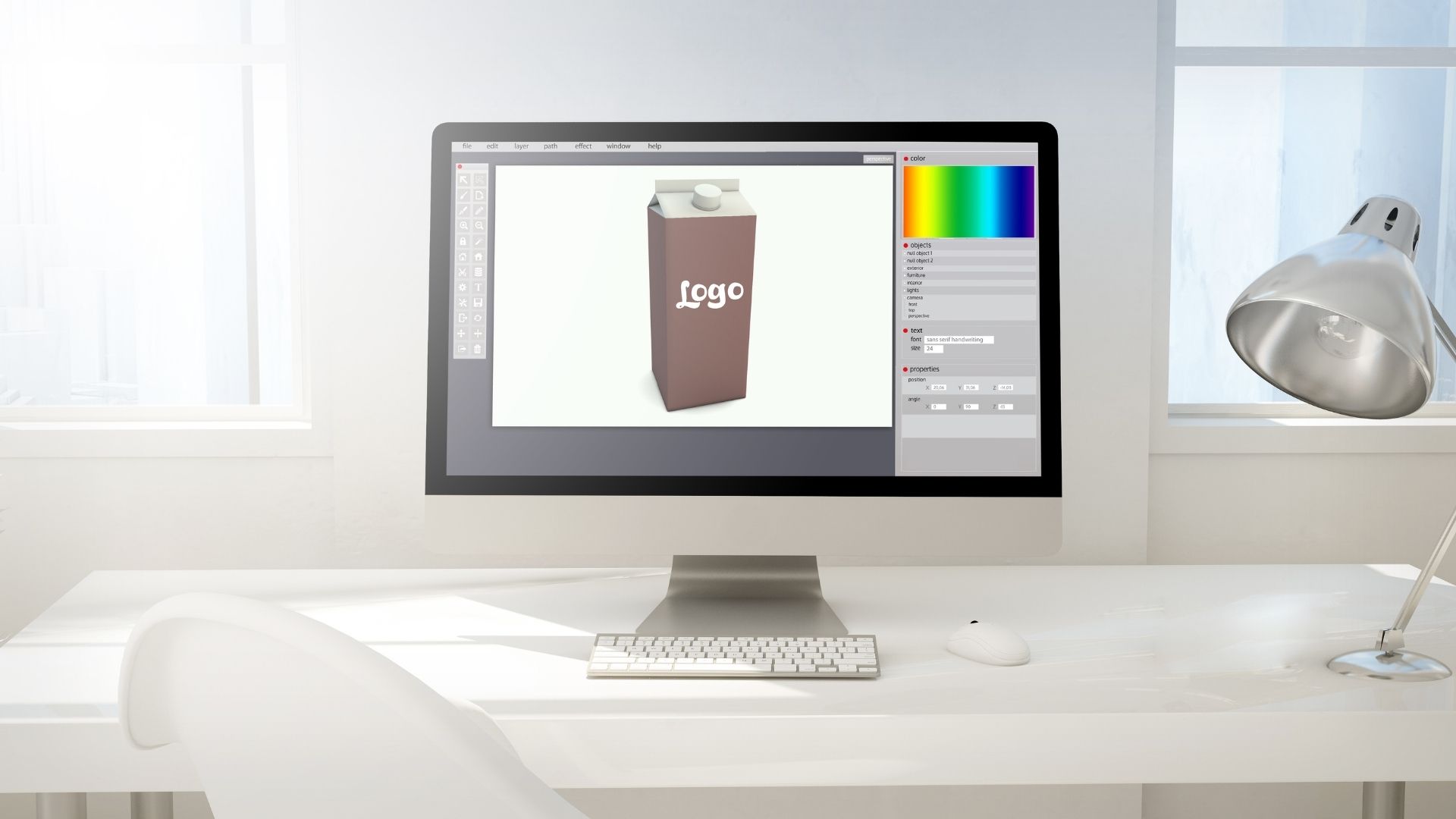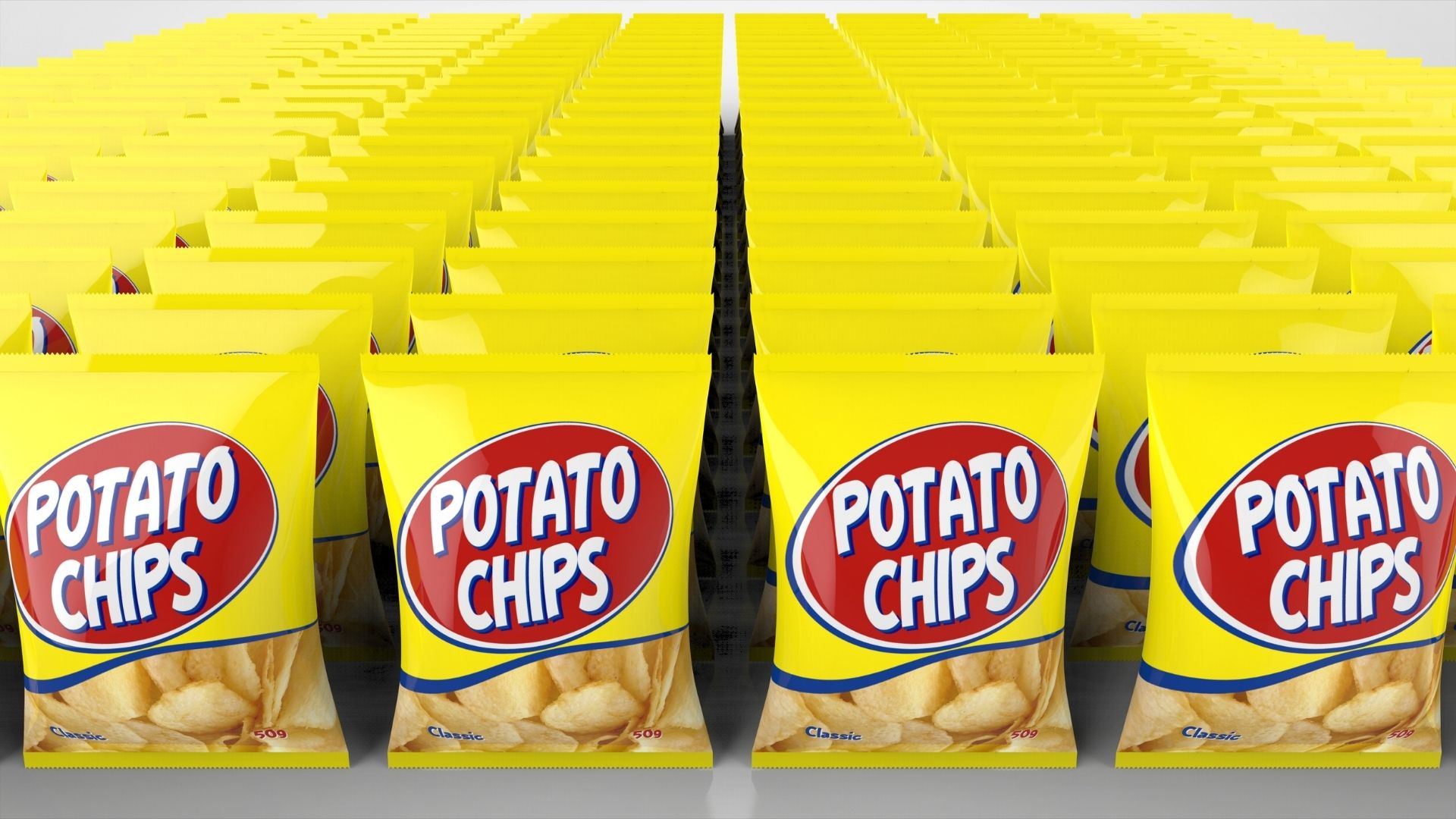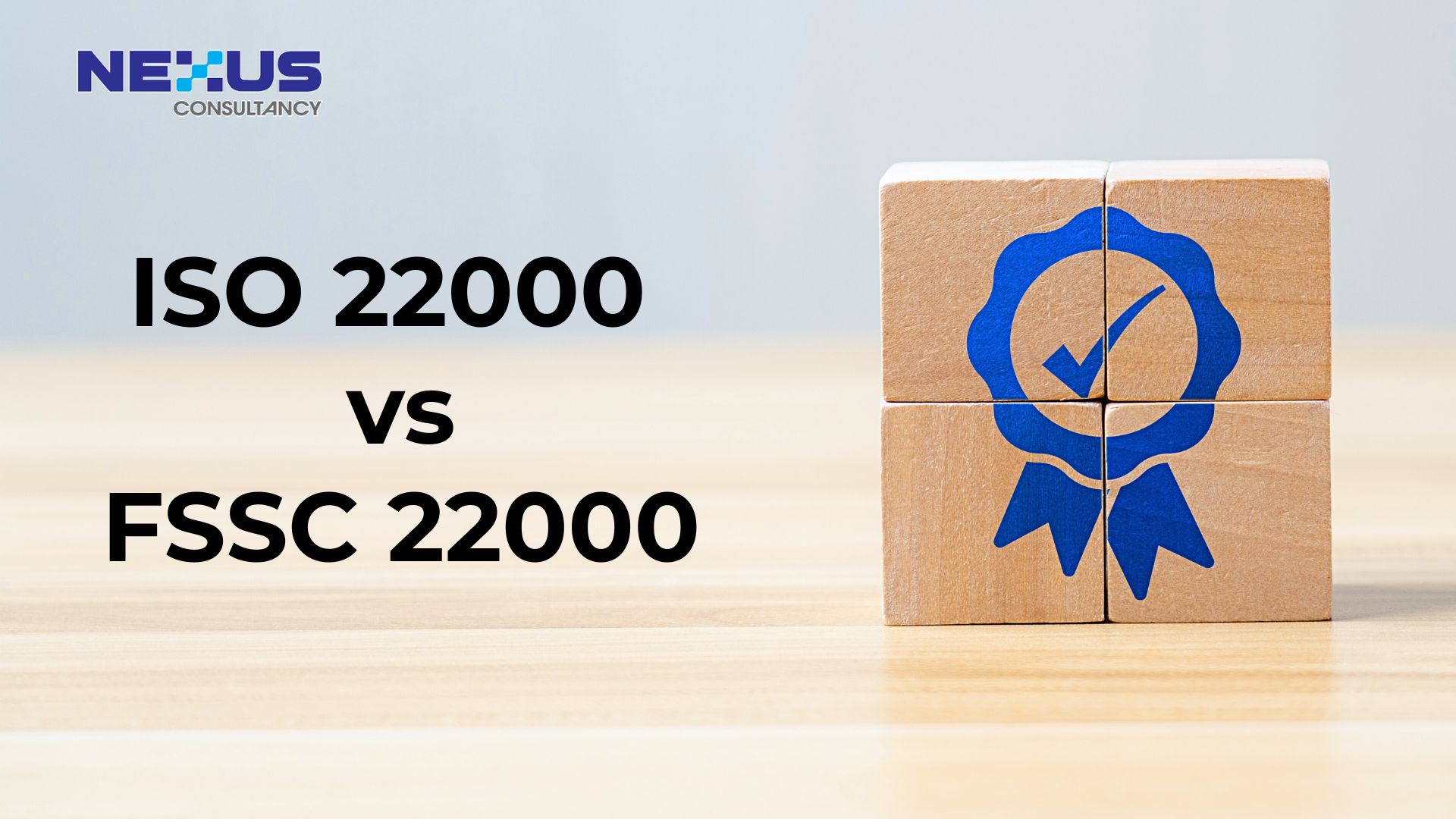
Danielle Tan
Chief Operating Officer
The ISO 14064-1 standard provides guidelines for organizations to quantify, monitor, and report greenhouse gas emissions and removals. This aims to explain the purpose and scope of ISO 14064-1, helping readers understand its importance in greenhouse gas reporting and environmental management.

FSSC 22000 version 6 has included the approval of printed artwork as one of the requirements for the food chain category I artwork management and print control.
As defined in FSSC 22000 version 6 clause 2.5.2d, for food chain category I (Production of packaging material), artwork management and print control procedures shall be established and implemented to ensure the printed material meets applicable customer and legal requirements. The procedure shall address the following as a minimum:
- Approval of artwork standard or master sample;
- Process to manage changes to artwork and print specifications, and to manage obsolete artwork and printing materials;
- Approval of each print run against the agreed standard or master sample;
- Process to detect and identify printing errors during the run;
- Process to ensure effective segregation of differing print variants; and
- Process to account for any unused printed product.
The Standard
| FSSC 22000 version 6 |
2.5.2 d) Product Labeling and Printed Materials |
|---|---|
| BRCGS Food Safety Issue 9 |
5.2.1 Product Labelling |
Effective artwork management is indispensable in manufacturing for several compelling reasons:
- Brand Identity and Consistency: Artwork, encompassing labels, packaging, and product designs, establishes and sustains a cohesive brand identity, aiding consumers in recognizing and associating products with the brand.
- Regulatory Compliance: Industries like food adhere to stringent regulations governing labeling and packaging, necessitating accurate display of regulatory information to mitigate legal risks and ensure compliance.
- Quality Control: Rigorous artwork management prevents errors that could compromise product quality, averting costly production issues or rejected batches.
- Efficiency and Time Savings: Organized artwork management expedites the creation, review, and approval process, facilitating faster product launches and responsiveness to market demands.
- Cost Reduction: By minimizing artwork mistakes, manufacturers avoid expenses associated with reprints, redesigns, and potential legal penalties.
- Collaboration and Communication: Well-structured artwork processes foster transparent communication and collaboration among cross-functional teams, reducing misunderstandings and errors.
- Version Control: Robust artwork management systems track changes, approvals, and iterations, ensuring stakeholders work with the latest approved versions.
- Supply Chain Management: Clear and accurate labeling enhances inventory management, reduces shipping errors, and ensures product traceability throughout the supply chain.
- Customer Perception: Professional and visually appealing artwork enhances the customer experience, fostering trust, increasing sales, and cultivating brand loyalty.

Procedure for Artwork Development
A structured procedure for artwork development shall be established, including the following components:
- Identification of steps involved in the artwork development process.
- Assignment of responsibilities at each stage.
- Implementation of a sign-off mechanism.
The sequential steps within the process should include:
Design Brief
- Clearly outlining the design specifications, including pack copy text, logos (including trademarks), print marks, cutter guides, font styles, font sizes, legal requisites, and physical parameters.
Artwork Proofs and Mock-ups
- Defining the process for verifying artwork and mock-ups and detailing the final approval process.
- Comprehensive documentation of each verification step, along with necessary amendments shall be maintained.
- Formal, documented approval required before initiating packaging production.
- In cases where customer approval is pending, evidence of approval request must be available.
- Final approval may be based on trial samples or initial production run samples if requested by the customer.
Traceability of Print Equipment and Media
- Ensuring traceability of all materials and media associated with packaging.
- Guaranteeing adherence to agreed specifications and pack copy throughout trials, initial production, and ongoing production.
- Achieving traceability through job codes or references on media or equipment.
- Establishing traceability links between changing job codes or references during the development process.
- Updating job codes or references upon any changes to media or equipment to ensure utilization of the latest version consistently.

Conclusion
Effective artwork management is pivotal for maintaining brand consistency, regulatory compliance, product food safety and quality, and operational efficiency in manufacturing, ultimately leading to improved business outcomes.
Reference:
- FSSC 22000 Scheme Version 6.0
- https://techni-k.co.uk/product-development/why-packaging-development-should-be-a-key-element-of-your-system/
- https://www.linkedin.com/pulse/why-artwork-management-important-manufacturing-anjalee-abeysinghe-/
Take the First Step Towards Excellence! Contact us today to learn more about how your organization can maintain brand consistency, regulatory compliance in effective artwork management.






